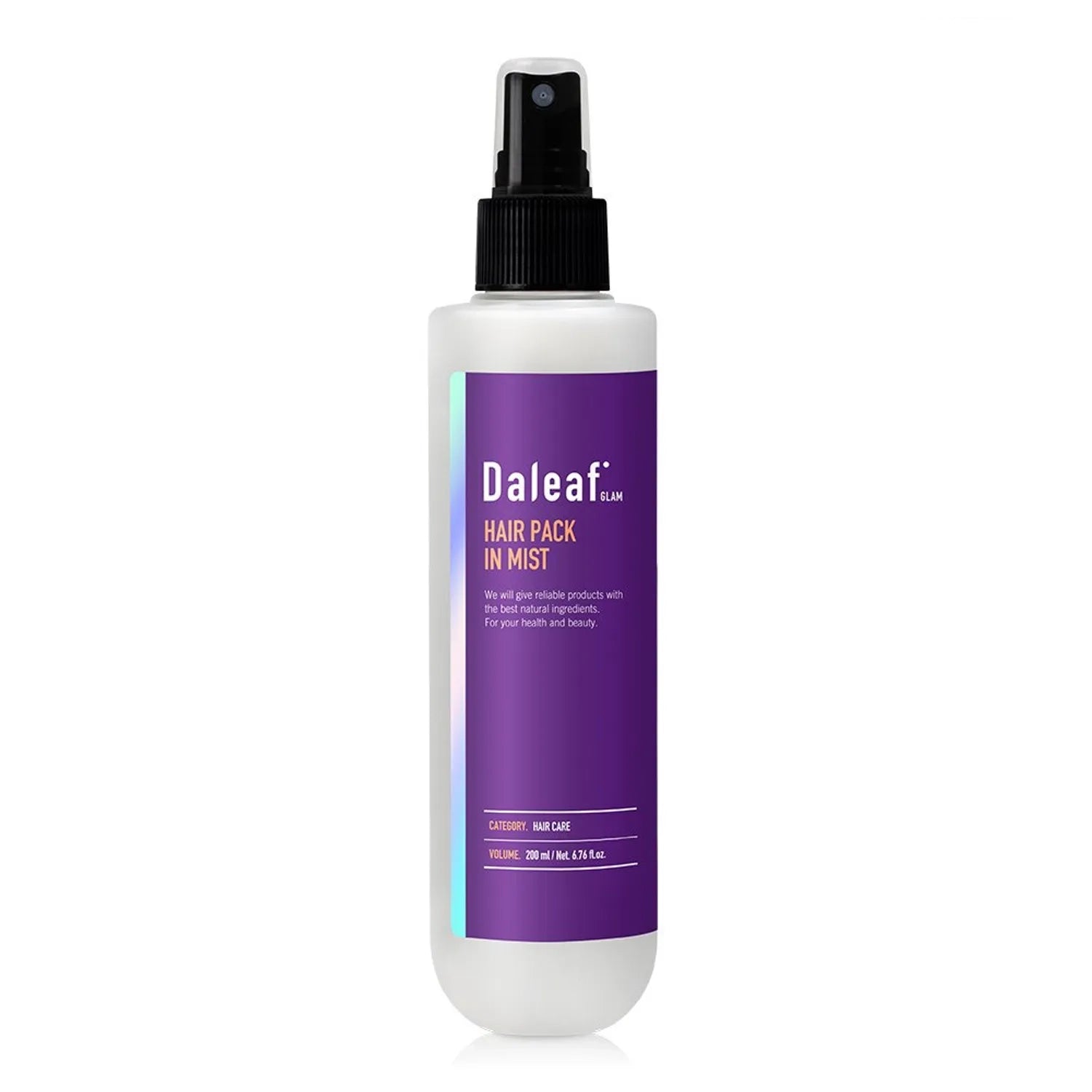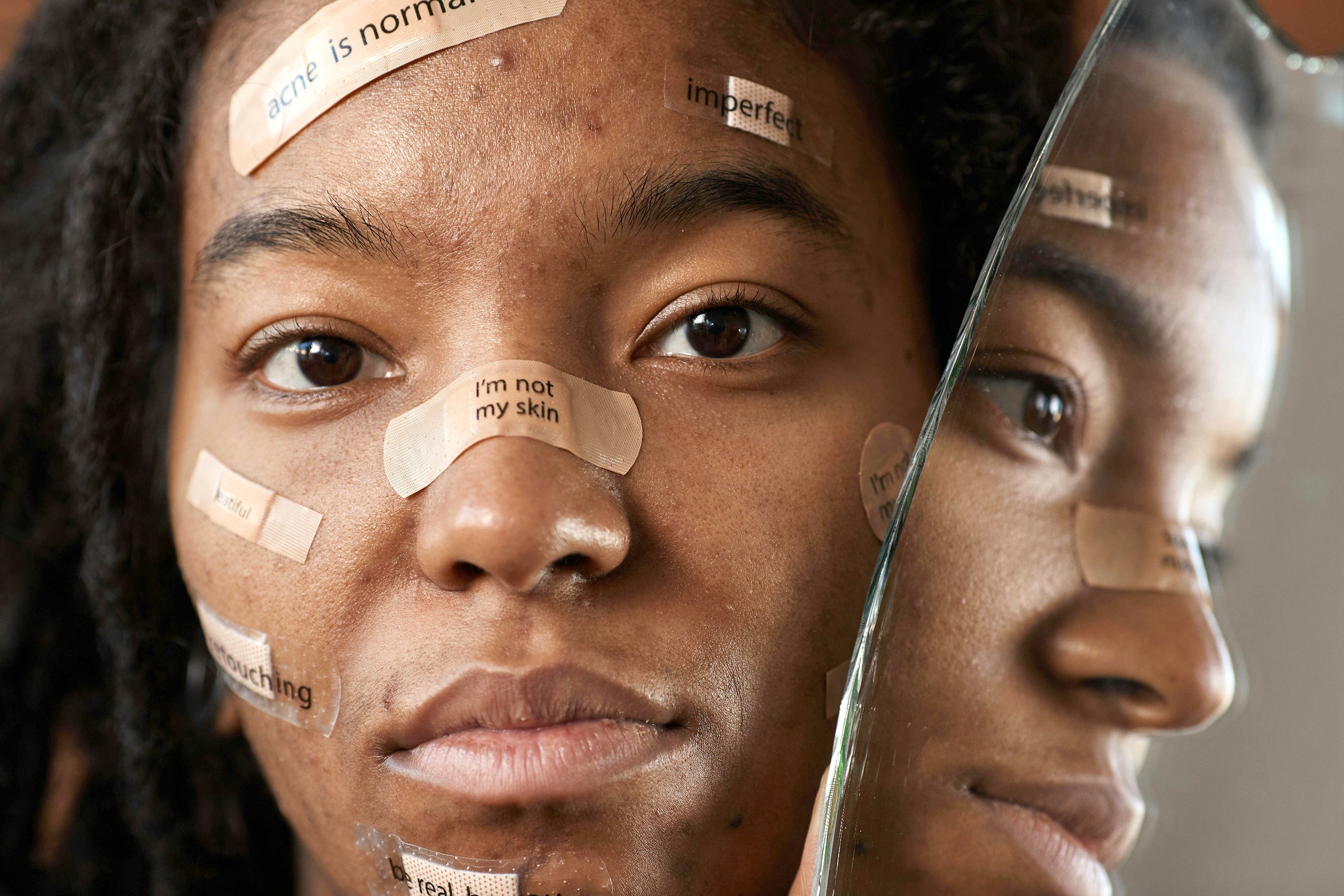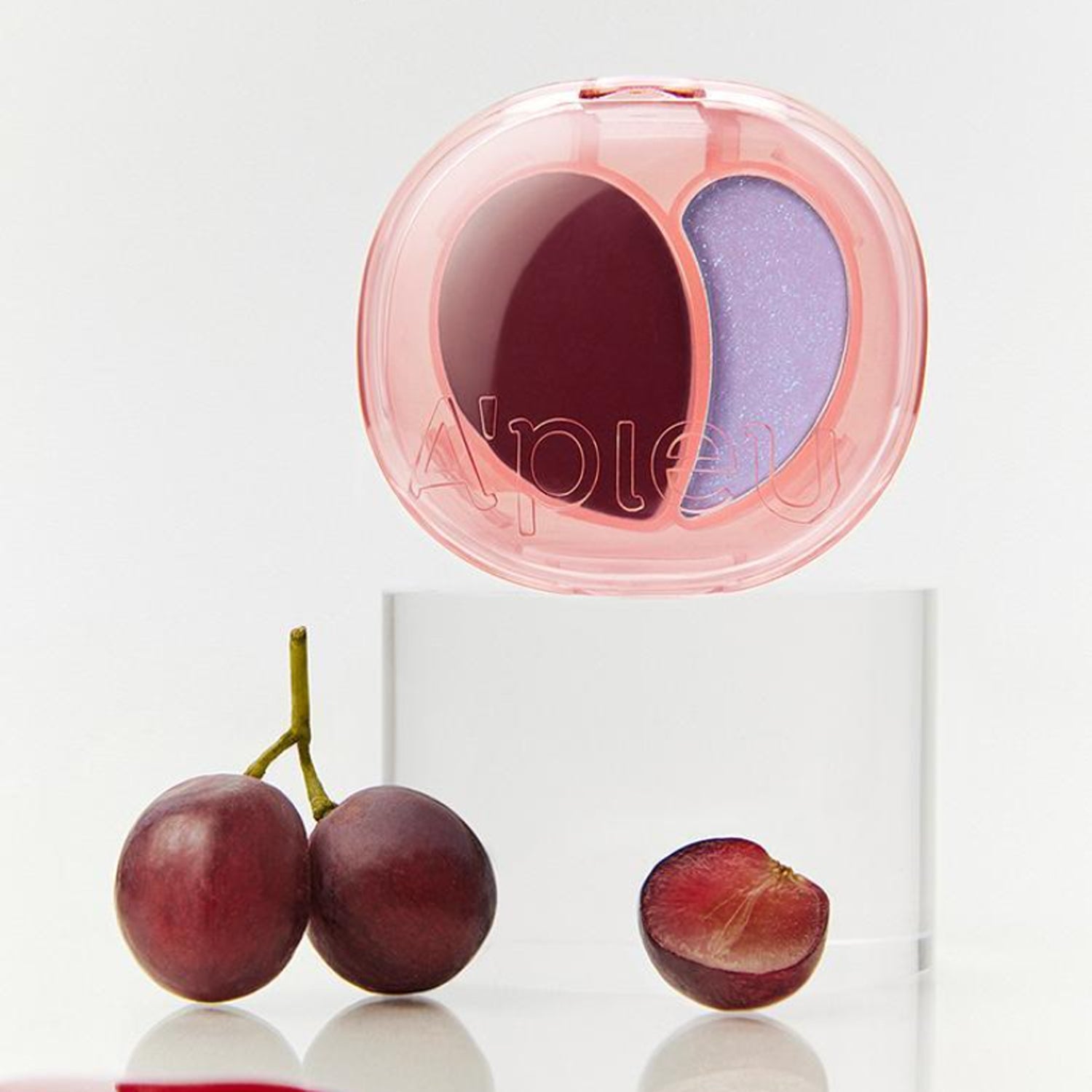Those tiny bumps might not be “regular” acne
If you’ve struggled with small, stubborn bumps that don’t improve, no matter how many traditional acne products you try, you may not be dealing with typical acne at all. Instead, the culprit could be fungal acne, also known as Malassezia folliculitis.
Unlike bacterial acne, fungal acne comes from an overgrowth of yeast on the skin. And here’s the twist: many popular skincare ingredients can feed this yeast and make breakouts worse.
The good news is that K-beauty offers many ingredient-conscious formulas that support clearer, calmer skin, without feeding fungal acne.
Why this matters
Because fungal acne is yeast-driven, not bacteria-driven, the usual acne solutions, like benzoyl peroxide or heavy creams- often don’t help. Some can even worsen the problem.
Learning what to avoid, what to look for, and how to build the right routine can make a significant difference in skin clarity and comfort.
What is fungal acne?
Fungal acne is an imbalance of Malassezia yeast within the hair follicles.
It often shows up as:
- Small, uniform bumps
- Itchiness
- Clusters on the forehead, cheeks, back, or chest
Because it looks similar to acne, it’s often misdiagnosed, and mistreated.
Quick glossary
- Malassezia: Yeast found naturally on skin
- Folliculitis: Inflammation of the hair follicle
- Humectant: An Ingredient that draws in hydration
- Non-comedogenic: Formulated to avoid pore-clogging
Ingredients to avoid
These ingredients can feed Malassezia, making bumps worse:
- Most plant oils + fatty acids
- Esters (often end in “-ate”, e.g., Isopropyl Palmitate, Glyceryl Stearate)
- Polysorbates (e.g., Polysorbate-20, Polysorbate-60)
- Fermented ingredients (e.g., Galactomyces, some yeast filtrates)
A few exceptions include squalane + MCT oil, which are generally yeast-safe.
Fungal-safe ingredients to look for
These hydrate + calm without feeding yeast:
- Glycerin
- Hyaluronic acid
- Panthenol
- Centella Asiatica
- Heartleaf
- Tea tree
- Squalane
These ingredients help support the barrier and reduce irritation.
A fungal acne-safe Korean skincare routine
1) Cleansers
A gentle, low-pH cleanser keeps your skin balanced without stripping.
- Round Lab 1025 Dokdo Cleanser – Low-pH, non-stripping, and soothing.
- iUNIK Centella Bubble Cleansing Foam – Gentle foam with calming Centella.
- COSRX Low pH Good Morning Gel Cleanser – A cult favourite for balanced skin.
2) Toners + Essences
Lightweight hydration helps repair the barrier without heaviness.
- Anua Heartleaf 77% Soothing Toner – Calms redness and irritation.
- Round Lab 1025 Dokdo Toner – Mineral-rich hydration in a watery texture.
- SKIN1004 Madagascar Centella Asiatica Ampoule – Pure Centella for soothing care.
- COSRX Advanced Snail 96 Mucin Power Essence – Hydrates and repairs without fungal triggers.
3) Serums
Target redness, breakouts, and uneven tone with safe actives.
- iUNIK Tea Tree Relief Serum – Balances breakout-prone skin with tea tree + Centella.
- Beauty of Joseon Calming Serum (Green Tea + Panthenol) – Antioxidant-rich and soothing.
4) Moisturisers
Choose lightweight, oil-free formulas that hydrate without clogging.
- iUNIK Centella Calming Gel Cream – Cooling hydration with tea tree and Centella.
- PURITO Oat-in Calming Gel Cream – Comforts sensitive, irritated skin.
- ETUDE HOUSE SoonJung 10-Free Moist Emulsion – Minimalist, gentle hydration.
5) Sunscreen
Daily SPF is essential; look for lightweight, non-comedogenic formulas.
- Round Lab Birch Juice Moisturising Sun Cream – Widely recommended as fungal acne-safe.
What to expect
With consistent, ingredient-aware routines, many notice improvements such as:
- Less itching
- Fewer small bumps
- Smoother texture
- Stronger skin barrier
This process takes time, but the right routine helps calm flare-ups and prevent recurrences.
The bottom line
Managing fungal acne is about working with your skin, not against it.
When you avoid yeast-feeding ingredients and choose lightweight, barrier-friendly formulas, you create an environment that helps keep Malassezia in balance.
K-beauty is especially helpful because many formulas prioritise soothing, uncomplicated hydration using ingredients like Centella, heartleaf, and tea tree.
Remember: everyone’s skin is unique. Patch-test new products and watch how your skin responds. With patience and the right routine, fungal acne becomes far easier to manage, without giving up a thoughtful, enjoyable skincare ritual.
Fungal acne-safe skincare isn’t about restriction.
It’s about awareness, balance, and ingredients that support your skin, not your breakouts.







